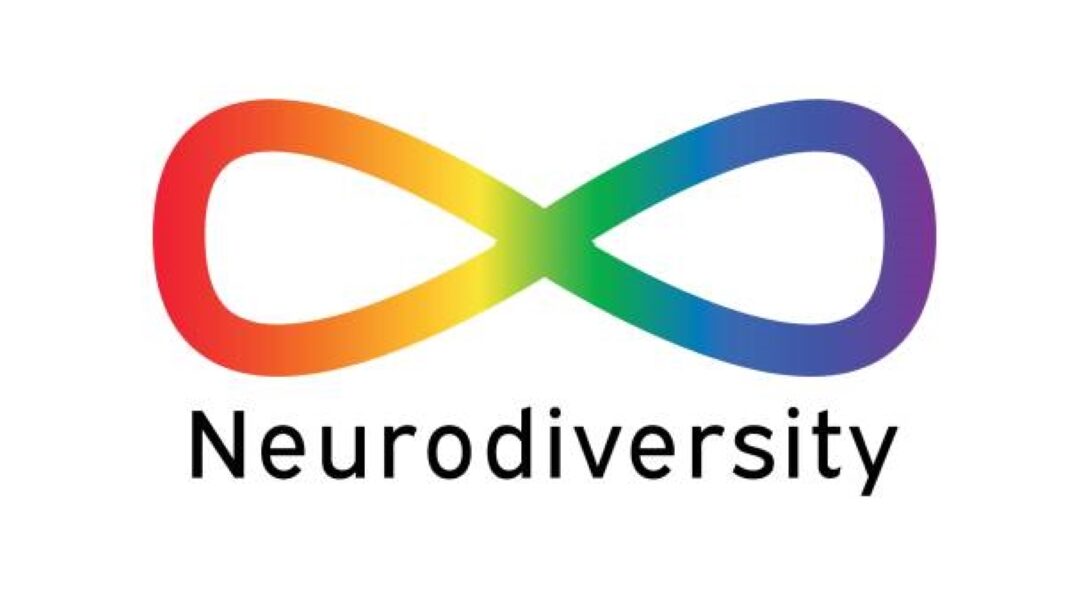April is Neurodiversity Celebration Month!

Introduction
What is Neurodiversity?
Neurodiversity describes the idea that people experience and interact with the world around them in different ways. One’s style of neurocognitive functioning can be Neurotypical or Neurodivergent. There is no right way of thinking, learning, or behaving. Differences are not deficits but expressions of our human diversity. Today, this paradigm includes people with ADHD, Learning Disorders, Tourette’s, and Autism. Neurodiversity promotes social justice for people who are not neurotypical. Incorporation of a neurodiverse perspective creates a strengths-based framework for those working with and serving autistic individuals.
How has Neurodiversity Influenced Autism Diagnosis and Treatment?
DSM clinical criteria for autism has changed significantly in the past 75 years. DSM 6 (2027) will incorporate the values of the Neurodiversity movement with refined focus on inclusivity, cultural competence, individual variation and personalized treatment. Since the 1990s, adult activists of the Neurodiversity Movement have assisted parental advocates to seek legalized rights, educational accommodations, federal funding for research and services for their family members. For an enhanced overview, click here.
Screening for autism
Primary care providers can use primary screening tools while specialized clinicians may further evaluate.
The Illinois DocAssist website offers M-CHAT-R/F Modified Checklist for Autism in Toddlers, Revised with Follow-up and CARS - Childhood Autism Rating Scale. The American Academy of Pediatrics (AAP) Patient Care page for Autism Spectrum Disorder has resources and information related to diagnosing and caring for children and youth with ASD.
How to use the Neurodiversity Framework in your Practice
- Help parents appreciate the unique strengths of their child, whether they are neurotypical or not.
- Think about how you approach discussing temperament, body type, artistic or athletic skills, gender identification, and sexual orientation. Humans are diverse.
- Model positivity and acceptance and lack of stigma by using the term autism, ADHD, dyslexia, etc.
- Offer hope and connect patients to specialists, support groups, resources and services when indicated.
Key Concepts of Neurodiversity
Key Concepts of Neurodiversity
Social Disability: Disability does not create limitations, the environment’s failure to accommodate does. Neurodivergent individuals can contribute to society based on their unique strengths and abilities despite nonconformity to societal expectations.
Autism and Self-Identity: People in the autistic community often prefer to use “identity-first” language (e.g., “an autistic woman”). Historically, person-first language has been used (e.g. “a woman with autism”). It’s important to honor everyone’s preferences. Consider asking each client, “How would you like me to address you?”.
Cultural Perspectives: Human competence is defined by the cultures to which you belong. Industrialized cultures may value workers with advanced social, verbal and logical skills. Visual thinkers and “hands on” workers may experience more barriers in these societies. Temple Grandin speaks cogently about these issues in her numerous books.
Camouflaging (autistic or social masking):Autistic people may camouflage their innate autistic social behaviors to “fit” into a predominantly neurotypical social setting. Females, who tend to be diagnosed later in life, report that social masking requires exceptional effort. This can result in “autistic burnout”, frequently misconstrued as depression, anxiety, mood lability, or social isolation.
Gender identity: Neurodivergent individuals, particularly those with autism, are more likely to identify as gender diverse (including transgender, nonbinary, genderqueer, etc.) than neurotypical individuals. Ask patients about their preferred pronouns as well as gender dysphoria.
Resources
- Click here on how to make your office setting more comfortable for autistic patients.
- Click here for access to Dr. Charney’s Webinar, Caring for Youth with ASD/IDD in Medical Settings.
- Click here for access to Dr. Charney’s Webinar Evaluating Behavioral and Psychiatric Symptoms in Youth with ASD/IDD.
- Click here for access to Dr. Charney’s Webinar Using Psychotropic Medications in Youth with ASD/IDD.
- For further reading – Click here for a recommended book list.
References
References
Colorado Behavioral Health Administration (2025). Neurodiversity for Physical Healthcare Providers. Own Path Learning Hub. https://learninghub.ownpath.co/?category=2&keyword=neurodiversity&cond=advand&search=